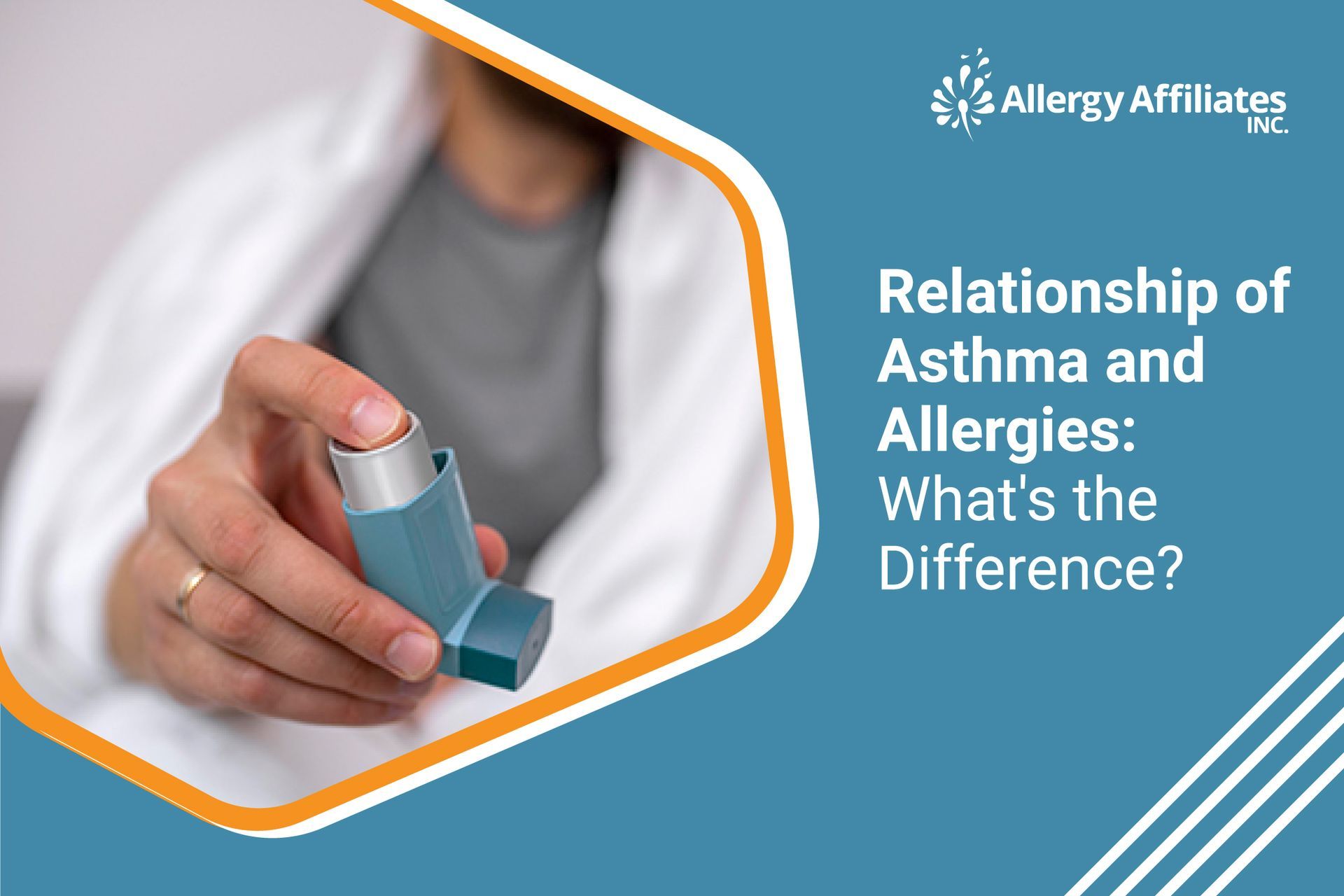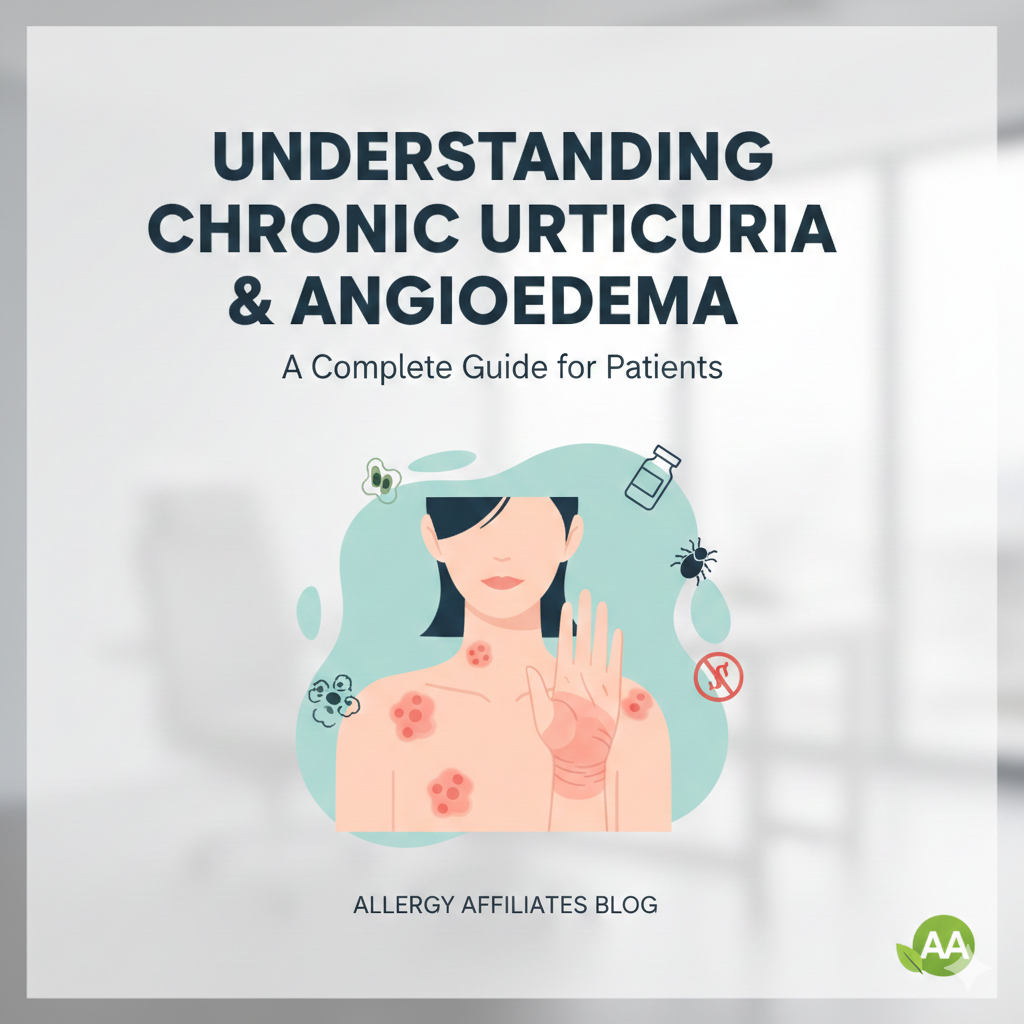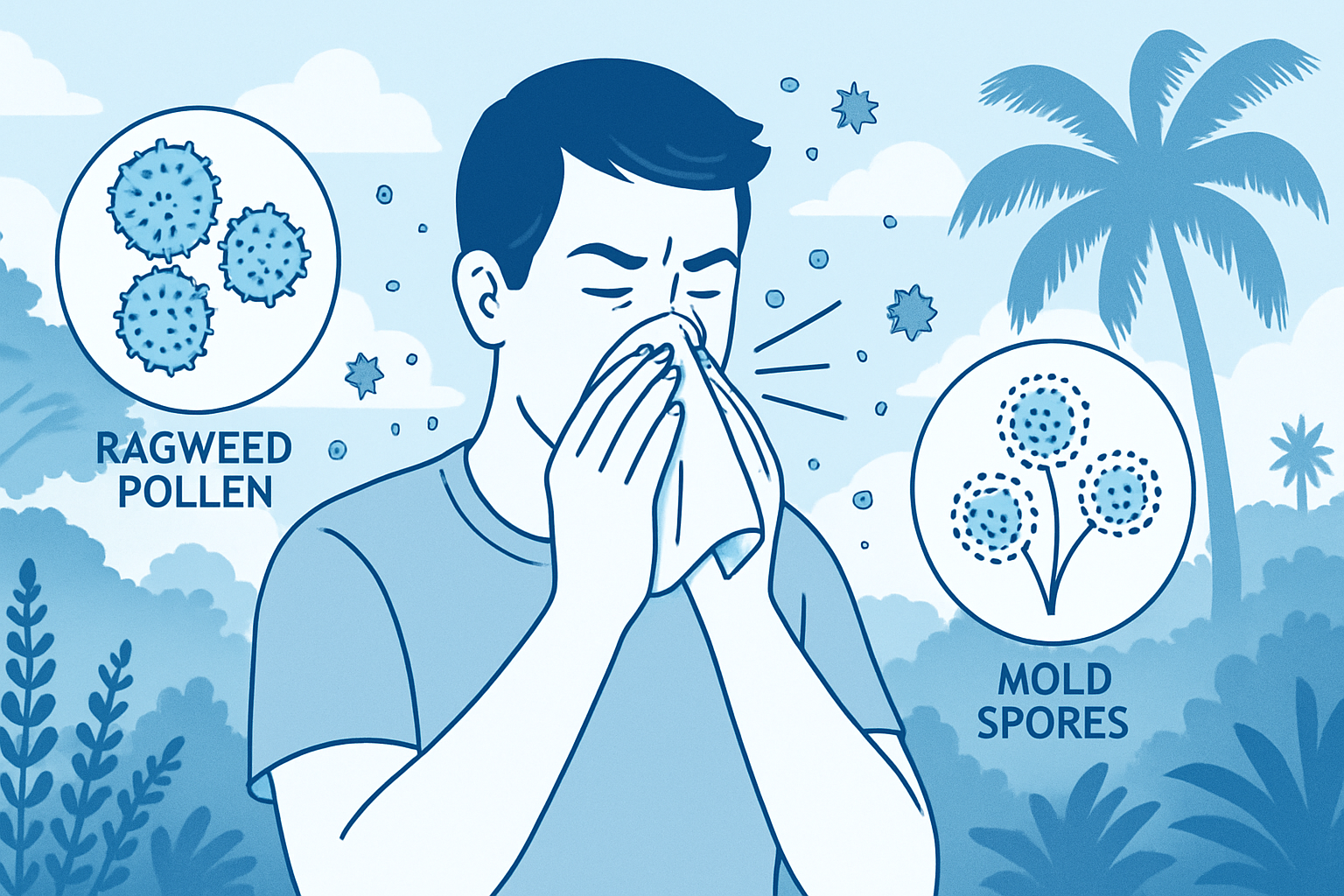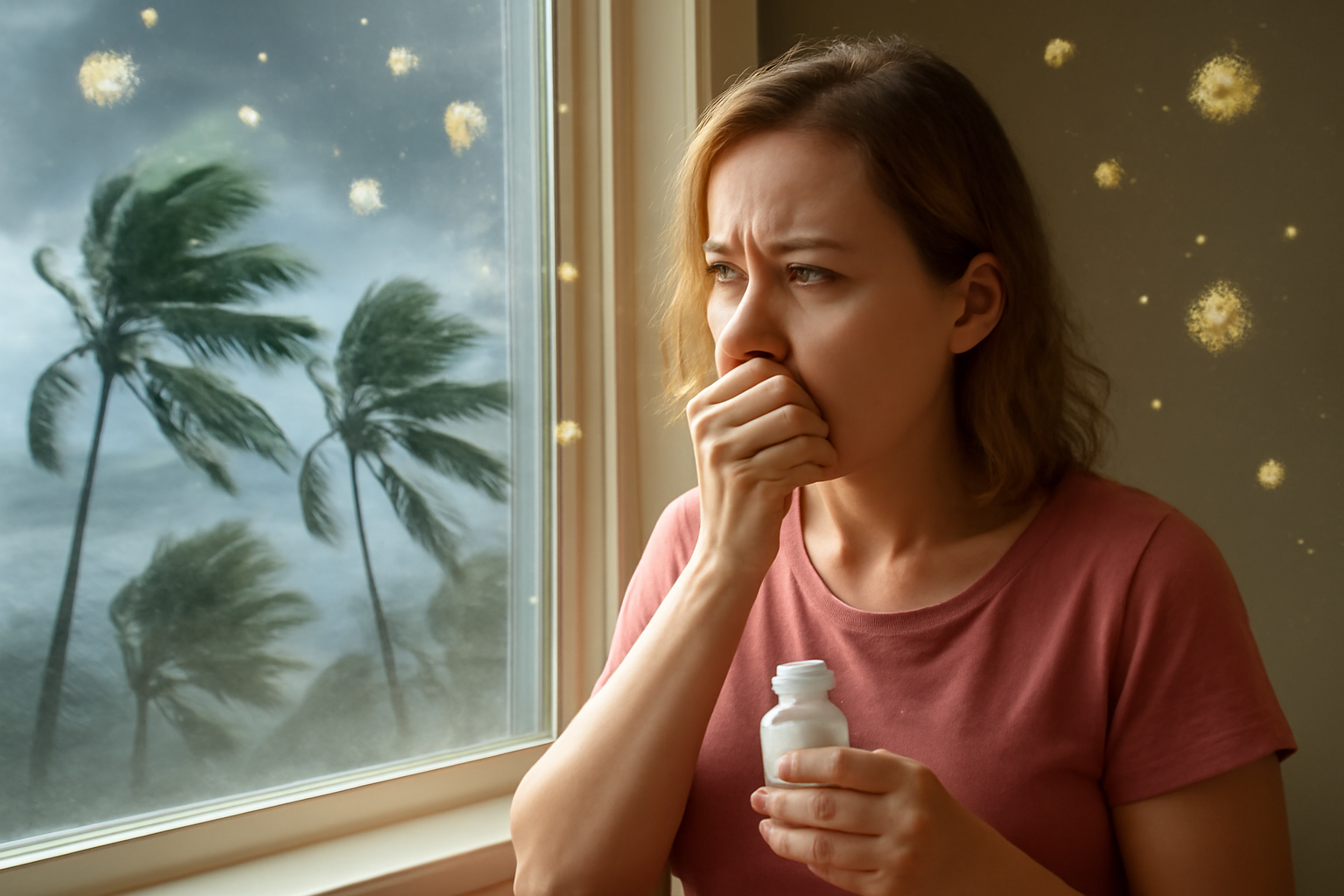
Asthma vs. Allergies
Allergies and asthma often coincide. Moreover, the symptoms are similar, making the differences challenging to recognize.
Asthma and allergies are common medical conditions. Over 24 million individuals in the United States have asthma, and approximately 50 million suffer from allergies yearly. Some individuals experience mild to moderate symptoms, while others have more severe reactions.
But what's the difference between asthma and allergies? Can allergies cause asthma?
This article will highlight the differences between asthma and allergies. We'll also provide an explanation about their link. This article is perfect for you if you have asthma or allergies. So, without further delay, let's jump into our topic.
Understanding Allergies
Allergies typically occur when your immune system overreacts to normal and harmless proteins. It immediately went into a defensive mode and tried eliminating the substances it saw as invasive. As a result, you will experience an allergic reaction.
The typical triggers of allergies are
- Food
- Insect bites or stings
- Molds
- Dust mites
- Pollen
- Medication
- Pollution
- Animal dander
The types of allergies you may experience are
- Conjunctivitis
- Dermatitis
- Eczema
- Hives
- Asthma (allergy-induced asthma)
- Hay fever
Common Allergy Symptoms
Allergy symptoms differ from one case to another. The same is true about their severity. Some individuals may experience mild symptoms that do not require medical intervention, while others may experience life-threatening situations.
Here are the typical symptoms you may experience
- The feeling of being sick
- swollen eyes, mouth, lips, or throat
- Diarrhea
- Runny/stuffy nose or sneezing
- Itchy skin or a raised rash (hives)
- Pain or tenderness of your cheeks, forehead, or eyes
- Excessive coughing, wheezing, or breathlessness
The severity of the symptoms above differs from one person to another. Some are mild and go away within a few minutes following an accidental consumption or exposure to the triggers.
On the contrary, some individuals may experience severe allergic reactions that could lead to emergencies like
anaphylaxis. Anaphylaxis is a potentially life-threatening medical condition that requires immediate medical intervention. A person experiencing anaphylaxis could go into shock due to a sudden blood pressure drop.
Symptoms of Anaphylaxis
Here are the indications when an individual has an anaphylaxis reaction
- The feeling of lightheadedness or fainting spells
- Difficulty breathing – fast, shallow breathing
- Collapsing, losing consciousness
- Palpitations
- Wheezing
- Anxiety and confusion
- Difficulty concentrating
- Clammy skin
What to Do
Time is vital in helping a person experiencing anaphylaxis. Remember, it could lead to death if not treated as-soon-as-possible. Here's what you can do
- Dial 999 or go to the nearest ER
- Use an adrenaline auto-injector (you must know how to use it properly)
- Remove possible triggers (bee stingers or wasp stingers)
- Lie down and elevate the legs
- Administer another adrenaline auto-injector shot after 5 minutes
A person may experience anaphylaxis within minutes following exposure to triggers. You must act quickly to prevent further complications.
Allergies do not have a cure despite modern medicine's advancements. However, they can be treated and managed. The key is recognizing the triggers and identifying the causes. Moreover, taking the proper medications can help alleviate the symptoms efficiently.
Understanding Asthma
Asthma is a medical condition that can cause breathing difficulties. It can be acute or chronic. The typical causes of asthma can be stress, temperature change, or airway infections. These are called non-allergic asthma. Moreover, asthma can also be induced by allergies. The common factors are pollution, molds, dust mites, animal dander, medication, pollen, or food.
Common Asthma Triggers
- Infections: colds, influenza, sinus infections
- Weather: cold air, sudden changes in temperature
- Exercises: prevalent in children
- Dust or dusty items
- Emotions: anxiety, crying, yelling, or laughing hard
- Strong scents or odors from chemical products
- Medications: ibuprofen, aspirin, beta-blockers, drugs for high blood pressure, glaucomas, or migraines
- Allergens: pollens, mold spores, cockroaches, tobacco smoke, or air pollution
During an asthma attack, your lungs are constricted and filled with
mucus, making breathing harder. Similar to allergies, the symptoms of asthma are typically mild. However, in some cases, an exacerbated flare-up may occur.
Common Symptoms of Asthma
- Chest tightness
- Coughing
- Shortness of breath
- Wheezing
Asthma is not curable. However, it is highly manageable. Medications and lifestyle change often does the trick.
Do Allergies Lead to Asthma?
Now that you know the difference between asthma and allergies let's talk about the link between these medical conditions. For starters, they have similar triggers and causes. Pollen, dust, or molds are the most common factors. How do you know if you have asthma or allergies? You’ll find the answers below.
Allergic Asthma (Allergy Triggered Asthma)
Allergic asthma occurs when an allergic reaction triggers "asthma". The common allergy asthma symptoms are
- Coughing
- Wheezing
- Breathing difficulties
- Chest discomfort, and tightness
Typical triggers of allergic asthma
- Dust
- Pet dander
- Pollen
- Other allergy triggers
Allergies and asthma are both challenging to avoid. The triggers are almost always present, whether indoors or outdoors. Moreover, some triggers are seasonal or perennial. However, looking at the bright side, some medications can treat asthma allergies.
Medications for Allergies and Asthma
Asthma Medications
We've compiled both long-term medications and quick-relief medications for asthma. Check them out below.
For long-term relief
These medications are ideal for treating chronic and severe asthma symptoms. It may have a slower activation time, but it has a longer duration in terms of efficiency.
- Combination inhalers
- Long-acting beta agonists (LABAs)
- Theophylline
- Inhaled corticosteroids
- Leukotriene modifiers
For Quick-relief
These medications offer fast and efficient relief that is ideal for emergency situations.
- Intravenous corticosteroids
- Short-acting beta agonists
- Ipratropium
- Oral corticosteroids
Allergy Medications
Allergy medications are safe and efficient. The dosing depends on your allergist's recommendations. Moreover, they can be purchased over the counter. These anti-allergy medicines come in many forms. They can be purchased as tablets, capsules, inhalers, or creams.
Here are the common anti-allergy medicines
Decongestants
These drugs are ideal for treating a runny or stuffy nose. It efficiently clears nasal congestion during an allergic reaction.
Antihistamines
These anti-allergy drugs prevent your immune system from producing histamines that cause allergy symptoms. Antihistamines have two types. The non-drowse and the one that induces drowsiness.
Corticosteroids
The efficiency of corticosteroids in suppressing inflammation is unparalleled. It provides fast relief with lasting effects.
Mast Cell Stabilizers
These medications work similarly to antihistamines. They block symptom-causing chemicals from your immune system. However, they take longer to activate.
Live a Better Life Free from Asthma and Allergies
Effective allergy and asthma treatment begin with accurate testing and diagnosis. If you are searching for an “an allergist near me” in Bradenton, FL. Look no further, our allergists offer top-notch allergy testing, diagnosis, and treatment based on your needs.
We also specialize in
immunotherapy (allergy shots) to protect you from allergies and asthma all year round.
Experience safe and effective immunotherapy today. Bradenton and Sarasota Allergist
Dr. Sabharwal offers traditional and innovative treatments for allergies and asthma with years of experience.
You can book an appointment
here.










